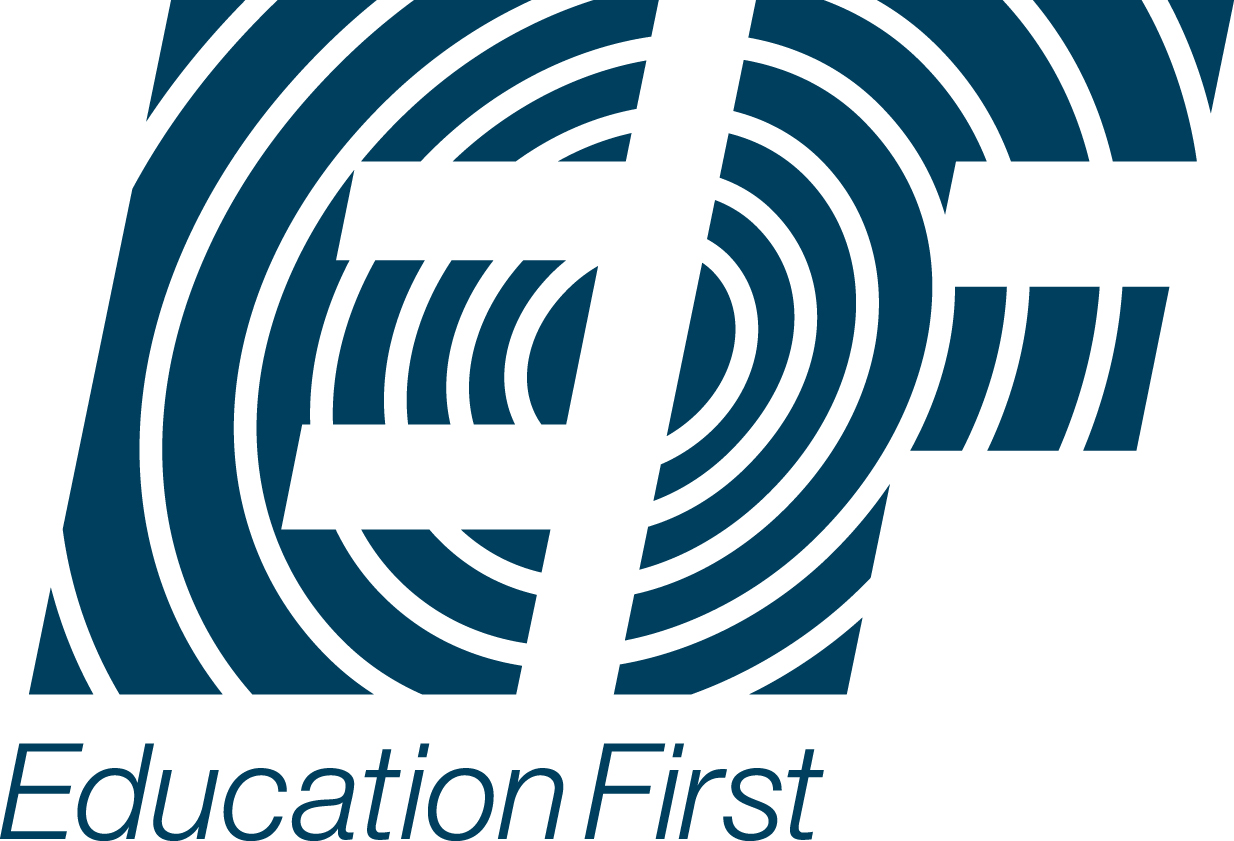Summary
Our multilingual capacity is central to human cognition. Adult second language learning, in particular, sheds light on learning across the lifespan with far-reaching consequences for language learning practice as well as intercultural communication. This project investigates importantly how the mother tongue (L1) influences second language learning (L2) by looking at the linguistic distance between L1 and L2, whether L1 and L2 belong to the same language family and share typological features or whether they are typologically unrelated. It does so innovatively through the use of big data from online language learning, namely by looking at learner progress in English as a second language (L2 English) through the writings of thousands of learners from all around the world. Large scale L2 English data from online language learning provides an empirical bridge between developmental lab-based second language acquisition research and language proficiency in education. The research will help educators target the language background of learners with benefits particularly for learners from linguistically distant languages (e.g. Chinese, Japanese), at a time when language skills are becoming increasingly important [1].
We propose to exploit the recently developed Parametric Comparison Method (PCM) [2,4] from the subfield of linguistic typology and geneaology to provide a typological framework for the investigation of linguistic distance and its impact on L2. We will investigate 10 typologically diverse mother-tongues (L1s) such as Brazilian-Portuguese, Russian, Chinese and Arabic for thousands of language learners in the EF-Cambridge Open Language Database (EFCAMDAT) [10], an open access corpus developed at Cambridge. EFCAMDAT consists of L2 writings submitted to the online school of EF Education First, an international school of English as a foreign language. Available at http://corpus.mml.cam.ac.uk/efcamdat, EFCAMDAT is the largest open access corpus of its kind, with 1.2 million scripts summing 71.8 million words, and continues to grow. Our objective is to incorporate the impact of linguistic distance into current L2 learnability theories.
People
- Dora Alexopoulou (Principal Investigator)
- Ianthi Tsimpli (Co-Investigator)
- Xiaobin Chen (Research Associate)




